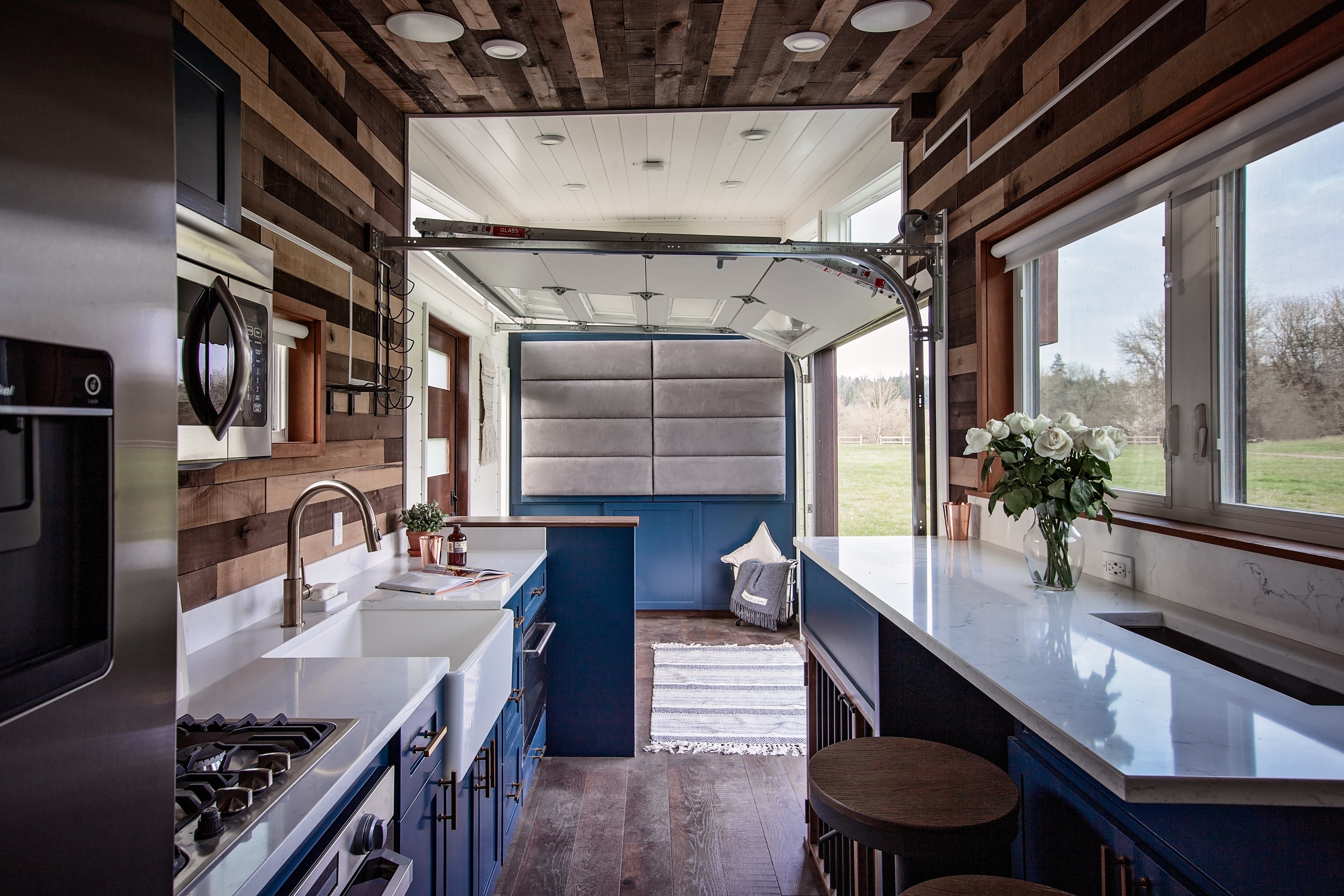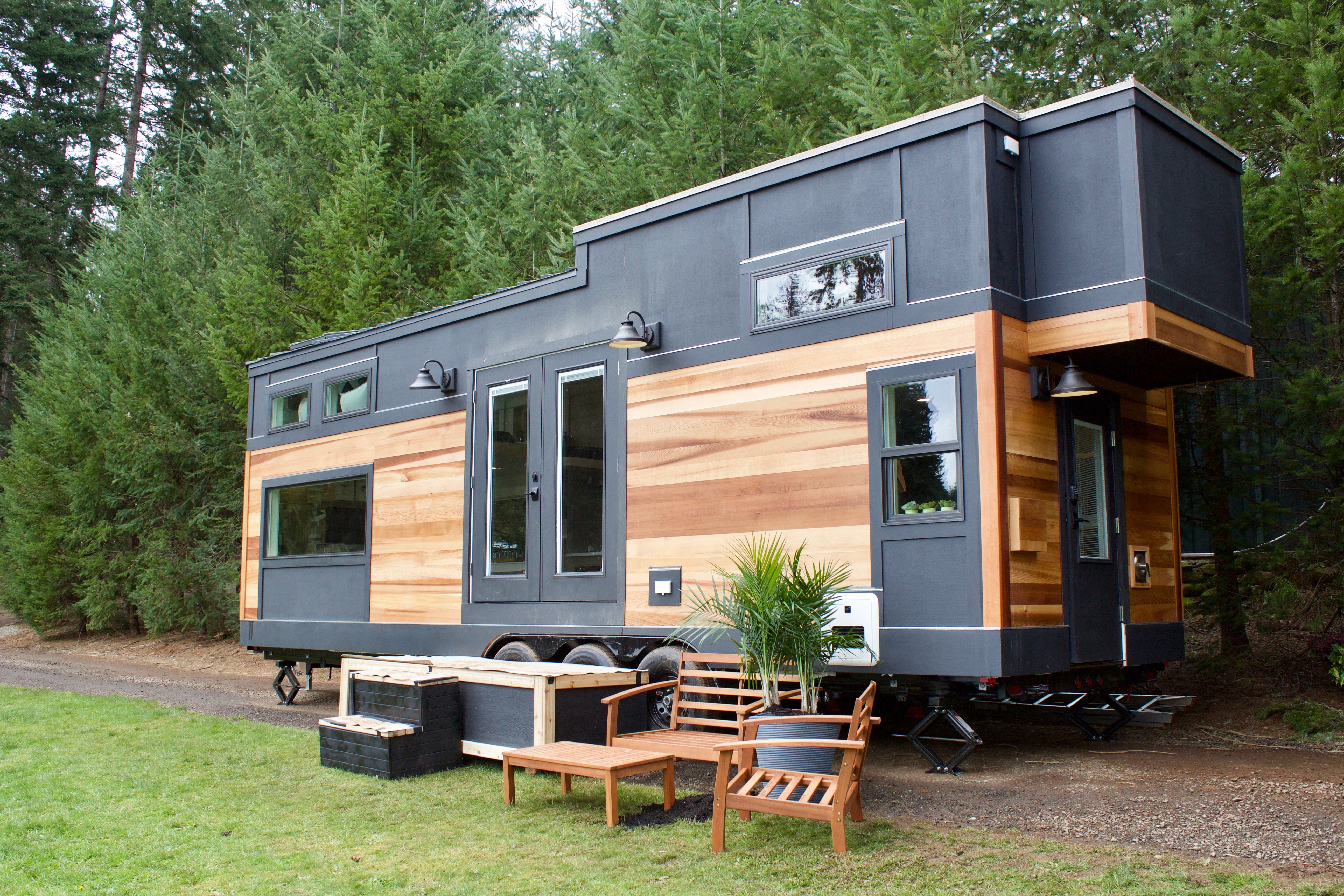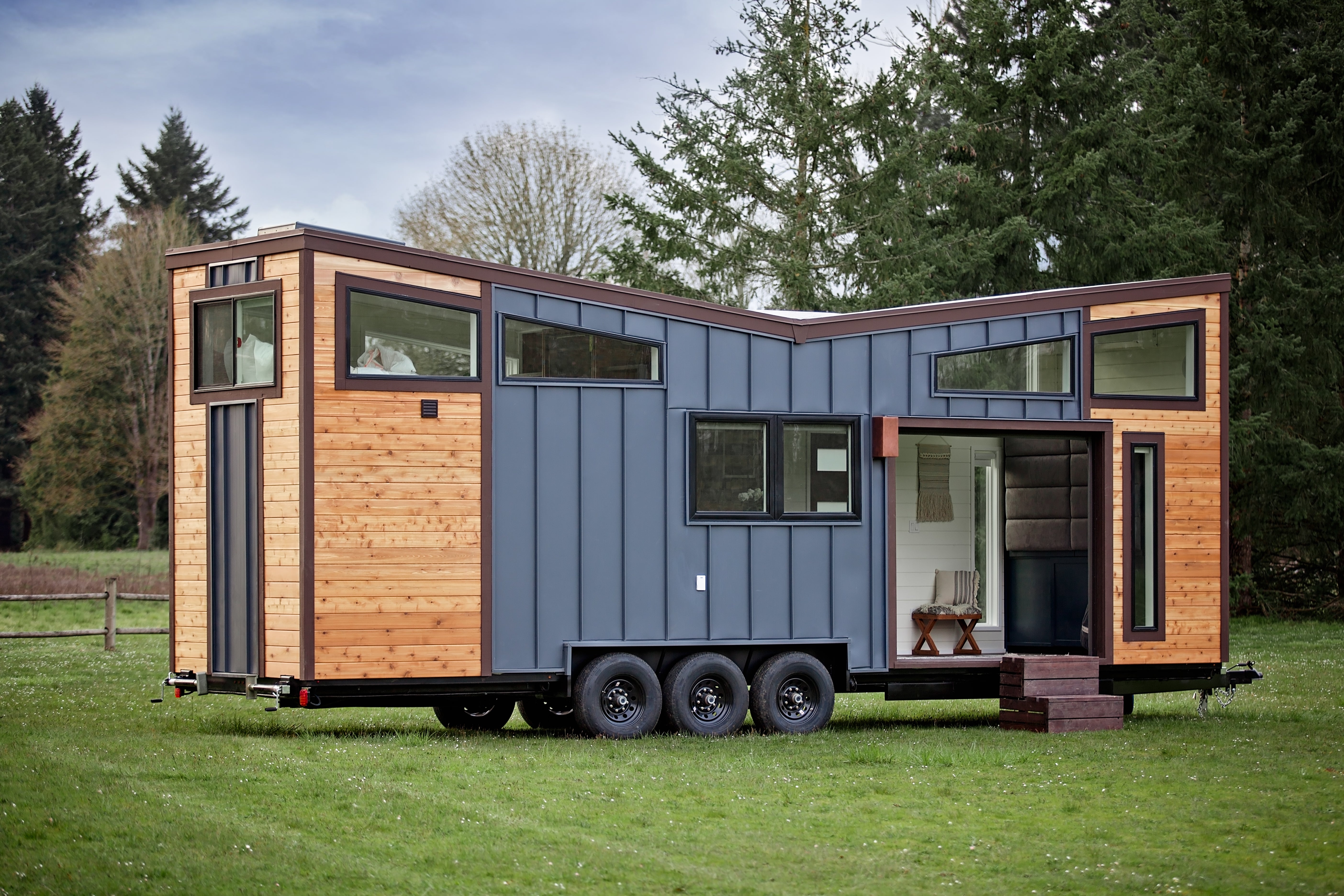Broken glass in a small living space needs quick attention. There’s often little distance between the damage and where you sleep, cook, or walk. Even minor cracks can grow fast and raise the risk of injury. Because everything is close together, repairing or replacing glass in a tiny home takes extra care and planning. You need to make sure the compact space stays safe, secure, and properly insulated when repairing. Whether the damage came from a storm, impact, or simple wear, early glass repair can help you avoid bigger problems later.
Why Broken Glass is a Bigger Deal in Tiny Homes
In a full-size house, a cracked window might stay unnoticed for days. But in a tiny house, you’ll see it every time you walk by, sit down, or go to bed. It’s always in the way, and the risk of injury is higher when there’s no space to avoid it.
Limited Space, Higher Risk
Everything is closer together in a tiny home. A broken pane isn't in a spare room; it's right next to the kitchen, loft, or workspace. If glass shatters near the floor or in a walkway, someone's bound to brush up against it. Cuts, scratches, or worse can happen before you even realize the damage is spreading.
Energy and Insulation Loss
Temperature changes have a greater impact in small spaces. A broken or cracked window lets heat escape in winter and allows too much warmth to enter during summer. If the setup of the tiny house relies on a small heater, fan, or solar power, even a slight breeze can disrupt the entire system. Fixing glass fast helps keep the space stable and efficient.
Structural and Security Concerns
Windows and doors often play a structural role in tiny homes, especially if you're living in a model built on a trailer. If a glass door is cracked or loose, it can shift during travel or even break under stress. Damaged glass can also make your home easier to break into, which matters if you're parked somewhere unfamiliar.

First Steps After You Spot the Damage
Before rushing, you might want to sweep it up fast, but broken glass can surprise you, both in how far it spreads and how sharp it stays. Start with safety.
Clear the Area Safely
Move anyone nearby out of the space, including pets. If the glass is in a walkway or near furniture, block off that area. Don't touch anything bare-handed. And don't sweep right away, especially if you're not sure where all the pieces landed. Check under rugs and cushions since glass travels further than you'd think in a small space. Use something firm like cardboard to scoop up large pieces,
Wear the Right Protective Gear
Put on gloves, wear protective shoes, and eye protection if possible. Use something firm like cardboard to scoop up large pieces, and avoid cloth or knit gloves that can catch on edges. Even small shards can stick to fabric or hide in corners, so go slow and double-check before walking barefoot or sitting nearby.
Document the Damage
Whether you rent, own, or build the place yourself, having a clear record (photos or videos) helps if you need to order parts, talk to insurance, or get help from a builder. Note where the break is, how big it is, and what kind of glass you think it is. That'll save you time later.
How to Decide Between DIY and Professional Glass Repair
You don't always need to call someone in, but some repairs are too risky or complex to do alone. The key is knowing what you're dealing with before you get started.
When DIY is Safe Enough
If it’s a simple single-pane window, and the frame isn’t damaged, you might be able to handle the fix yourself. That means you’ll need to measure carefully, buy pre-cut glass or have it trimmed at a shop, and reseal the frame. If you’re replacing acrylic or plexiglass panels, the process is even simpler.
Still, make sure you’re confident with the tools and that your repair won’t leave gaps or weak points. In tiny homes, air leaks or bad seals affect the whole place.
When to Call a Pro
Double- or triple-pane glass isn’t something you can easily replace on your own. These units are sealed for insulation, and once the seal breaks, the entire pane needs to be replaced. Glass in doors, skylights, or loft walls often carries an extra load or follows specific building codes. If the break involves the frame, appears to be stress damage, or is located in a hard-to-reach area, call a professional. You’ll save time and probably avoid making it worse.
Choosing the Right Type of Replacement Glass
Since space is limited in a tiny house, insulation plays a significantly larger role in keeping the place livable. You don't have extra rooms to buffer heat or block out noise.
Low-E Glass for Insulation
Tiny homes lose heat fast and gain it just as quickly. One drafty window can throw off your entire temperature setup. Low-E glass helps block that shift. It reflects heat in or out depending on the season, so your small space stays more stable without burning through electricity or propane.
Privacy or Tinted Glass Options
If your house is parked in someone's yard or at a campsite, privacy gets tricky. Frosted or tinted glass lets in light while maintaining privacy. You don't need heavy curtains that crowd the room. A few smart glass choices can make a small space feel more private and open at the same time.

A Step-by-Step Guide: What to Expect During a Glass Repair Job
Knowing what comes next helps you stay prepared and avoid surprises.
-
Measure the damaged pane carefully: Even a few millimeters off can ruin the fit. In a tiny house, custom sizes are common, so double-check every edge. Measure the frame, not the broken glass.
-
Remove any remaining shards: Wear gloves and eye protection. If the glass is still in place, tape over it before breaking it out to control the mess. Work slowly, especially if the frame is narrow or delicate.
-
Clean and prep the frame: Clear out old caulk, glazing compound, or sealant. A clean frame makes the new pane sit flush and hold longer. If the frame is wooden, check for rot or swelling. Fix that before moving on.
-
Install the new pane or insert: Lower the glass into place without forcing it. For smaller windows, you can often secure them with glazing points or clips before sealing.
-
Seal edges with proper caulk or glazing compound: Use a weatherproof, flexible sealant. Tiny homes move, settle, and shift more than standard buildings, so you need something that can flex without cracking.
-
Test for air leaks or rattles: Once installed, check around the pane by running your hand along the edge or using a lit incense stick to spot drafts. If the glass feels loose or the seal isn't airtight, reinforce it before you call it done.
Preventing Future Breakage in Tiny Homes
You can't stop every accident, but you can make glass less likely to break. A few small changes go a long way in a home where everything is close together.
Add Window Films or Protective Screens
Safety films strengthen the surface of your glass and hold it together if it cracks. That means fewer shards, less mess, and more time to react. They are efficient for larger windows near sitting or sleeping areas. You can also install lightweight screens that add a buffer without blocking airflow.
Secure Furniture and Doors in Transit
Before your tiny house moves, secure anything that could slide or fall. Even small things like chairs or shelves can crack a window if the ride gets rough. Make sure doors and loft ladders are latched so they can swing open and hit the glass.
Final Thoughts
In a small space, broken glass becomes a serious problem fast. It lets heat out, raises the chance of injuries, and puts pressure on the frame. You can’t work around it for long. Take care of it early, while the fix is still simple. In a small space, even a minor crack or draft can affect comfort and safety. Glass repairs may seem minor, but they are key to keeping your home secure and functional.






Share: